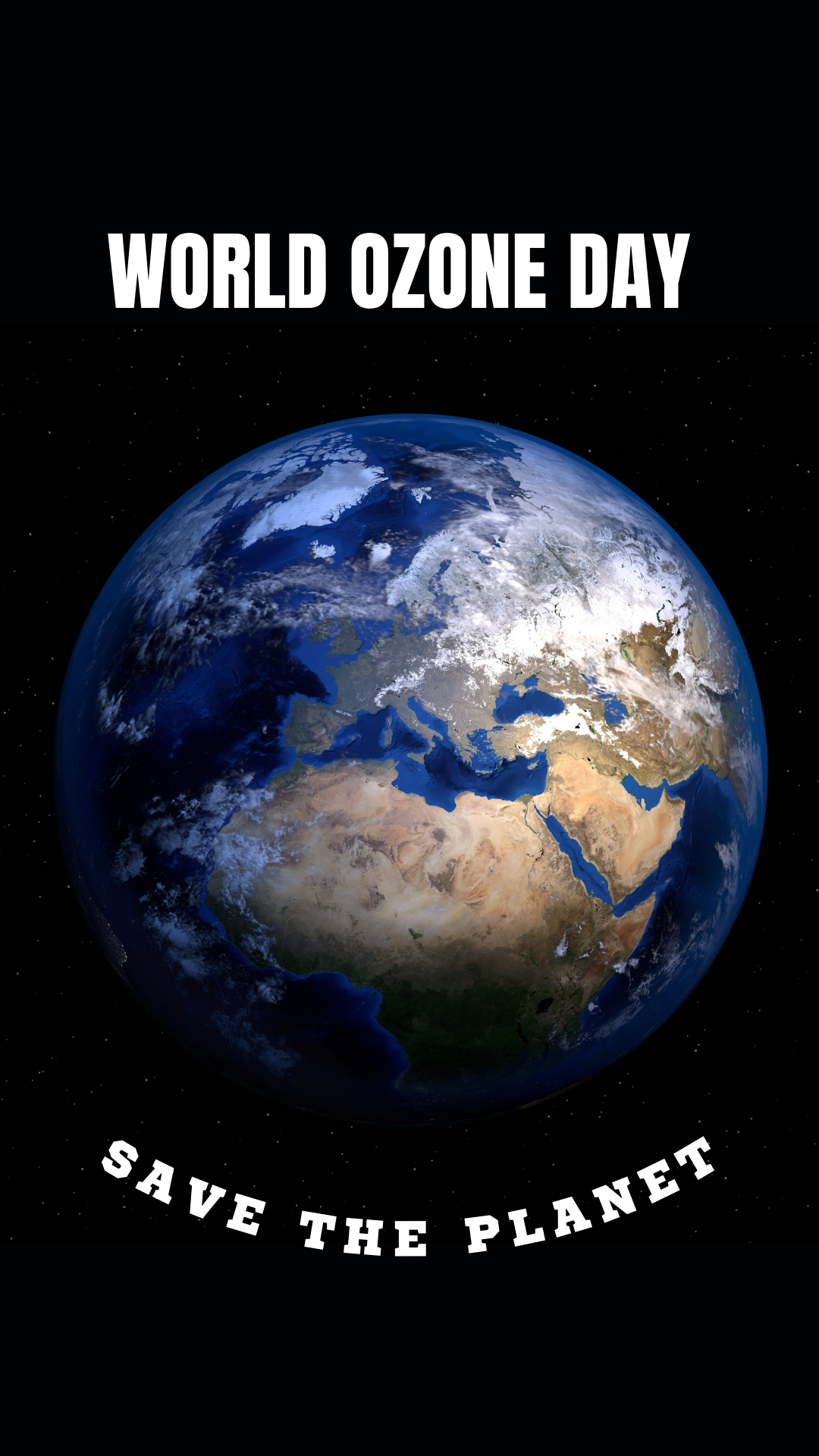




Speech on World Ozone Day: Protecting the Ozone Layer for Future Generations






FAQs on World Ozone Day Speech: Protecting Our Planet
1. What is the purpose of a World Ozone Day speech?
The purpose is to raise awareness about the importance of the ozone layer, the threats it faces, and the actions needed to protect it. It aims to educate and inspire people to support ozone layer preservation.
2. When is World Ozone Day observed?
World Ozone Day is observed on September 16th each year.
3. Why is World Ozone Day significant, as mentioned in the World Ozone Day speech in English?
It commemorates the signing of the Montreal Protocol in 1987, which is a landmark international agreement aimed at phasing out substances that deplete the ozone layer.
4. What are some key points to cover in a World Ozone Day speech?
Key points include the role of the ozone layer, the impact of ozone depletion, the history and success of the Montreal Protocol, current status and progress, and actions individuals can take to contribute.
5. How does the Montreal Protocol relate to World Ozone Day?
The Montreal Protocol is an international treaty that aims to protect the ozone layer by phasing out the production of ozone-depleting substances. World Ozone Day marks the anniversary of its signing.
6. What are ozone-depleting substances (ODS)?
Ozone-depleting substances include chemicals like chlorofluorocarbons (CFCs), halons, and other compounds that release chlorine or bromine, which break down ozone molecules in the stratosphere.
7. What progress has been made in protecting the ozone layer?
Significant progress has been made due to the Montreal Protocol. The levels of many harmful substances have decreased, and the ozone layer is on track to recover to pre-1980 levels by the mid-21st century.
8. What are the current challenges in ozone layer protection?
Challenges include addressing the illegal production of ODS, managing new chemicals that could potentially harm the ozone layer, and ensuring continued global compliance with environmental agreements.
9. How can individuals contribute to ozone layer protection, as discussed in the short speech on the ozone layer?
Individuals can reduce their use of products containing harmful chemicals, support policies, and regulations aimed at ozone protection, and educate others about the importance of the ozone layer.
10. Why should students be involved in World Ozone Day activities?
Students represent the future generation and can play a crucial role in spreading awareness, advocating for environmental protection, and adopting sustainable practices that contribute to ozone layer preservation.
11. What role does international cooperation play in ozone layer protection, as mentioned in the short speech on the ozone layer?
International cooperation is essential for enforcing agreements like the Montreal Protocol, sharing technological advancements, and addressing global challenges related to ozone depletion.
12. How can World Ozone Day be celebrated or observed in schools or communities?
Observance can include organising educational events, debates, presentations, art and essay competitions, awareness campaigns, and community clean-up activities.
13. What are the health impacts of ozone layer depletion?
Depletion of the ozone layer increases UV radiation exposure, leading to higher risks of skin cancer, cataracts, and other health issues, as well as negative effects on wildlife and ecosystems.























